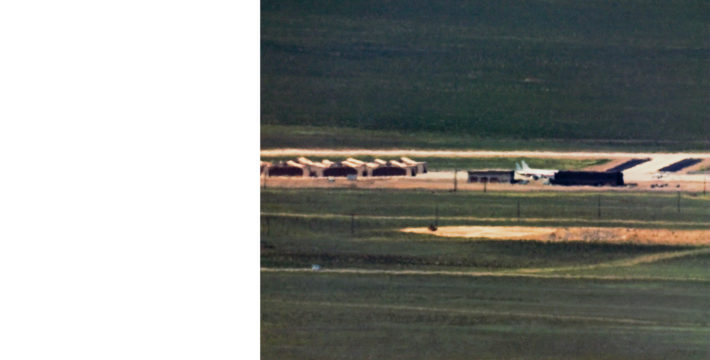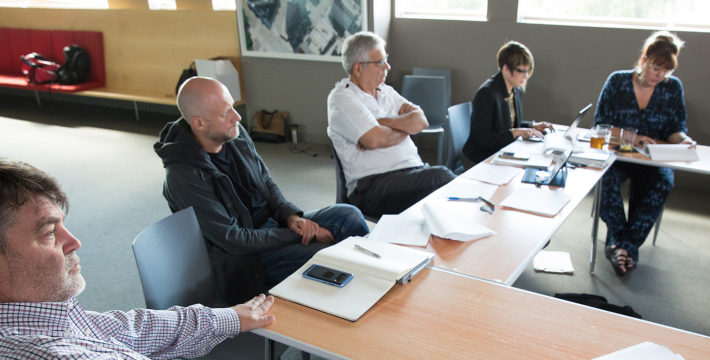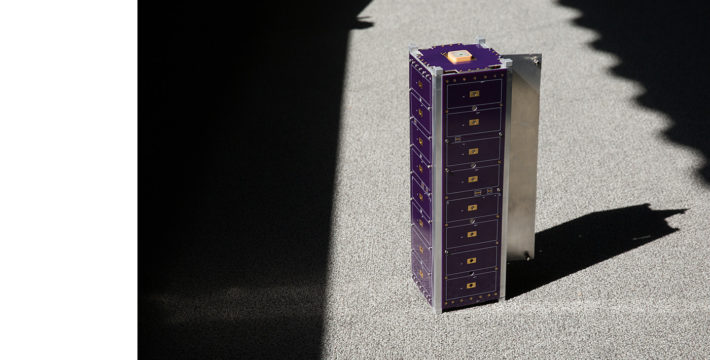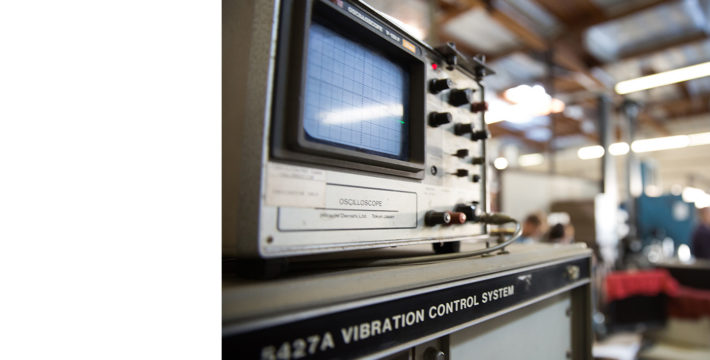Kazimir Malevich, Planits, 1923-24
Art HistoryRussian avant-garde artist Kasimir Malevich was the first to imagine art in space. His inhabitable floating structures—referred to as Planits--were experiments in Suprematist architecture. Working during a time of revolution, his notion of “orbital” art was inextricably linked to the pursuit of freedom. In the introduction to the 1920 artist book: Suprematism: 34 Drawings, Malevich dubbed the word “sputnik” to designate the artificial satellites he imagined creating around the earth.
















